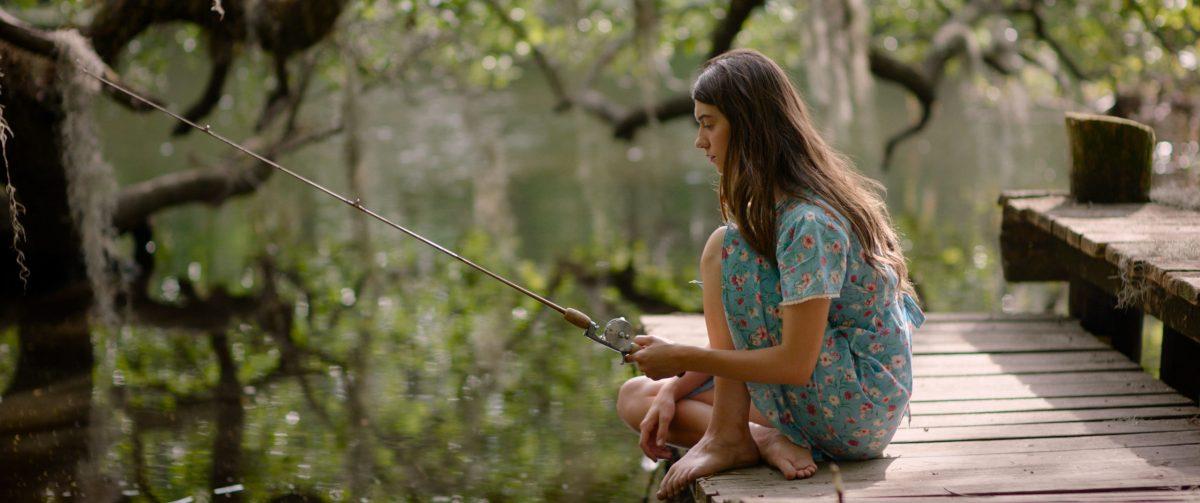The waters of the marshes are quiet with the exception of the few boats that rev across its surface and the gentle buzz of wildlife. The Marsh Girl digs her hands in the dark sludgy mud in pursuit of mussles and other shellfish, soaking in the solace that only nature could provide for her. The marsh is safe — outsiders are not.
“Where the Crawdads Sing”, written by Delia Owens hugs the line between a coming-of-age narrative about an outcast and a murder mystery. She expertly crafts a tangled web of deceit and character arcs to create an unsolvable court case while describing the aches of growing up combined with beautiful descriptions of nature. Owens accurately writes about a childhood loneliness that festers into adulthood in the form of suspicion and social anxiety. From a compelling court case to budding romance, “Where the Crawdads Sing” presents unique storylines but incomplete character arcs.
After her family abandoned her at a young age, Kya Clark – The Marsh Girl — is forced to fend for herself, using only the resources from the marsh she grew up in and the little social skills she has. Fearing social services and the judgment of others, Kya spends a majority of her time in the marsh. As she transitions from a child to womanhood, two young men from her youth become enraptured by her unique charm, dulling her childhood loneliness but eventually forcing her to become a murder suspect.
Kya’s life is spellbinding –readers will have a hard time tearing their eyes away from the “Marsh Girl’s” melancholic story, gawking and curious about her just like the community she hides from. Owens forces you to be suspicious, angry but bewitched by the murder suspect.
Outside of the beautiful prose and its romantic nature, one thing that this novel does not have much of is character development. The lack of change Kya goes through creates a very stagnant pacing that feels repetitive at times. She remains terrified of the world outside her marshes until her death, painstakingly stubborn and cold to the people who added life to the story. Kya is lonely, rejects human connection and the townspeople are disgusted with her. Only when she accepts love from her first friend and lover, Tate and her father figure, Jumpin does the story turn dynamic and Kya develop as a character. But this development is fleeting — the cycle continues and she eventually chooses isolation over unpredictable relationships. It felt like all of Kya’s life was for nothing as she remained as stagnant and unchanging as the marsh.
Kya, at times felt like a regurgitation of the mysterious manic pixie dream girl that all guys wish would pop up in their boring lives. Yes, it was cute that she was quirky and loved nature and was a wonderful artist, but she ultimately was an extremely romanticized version of someone who has suffered abuse and neglect. She was a loner but far too “normal” for someone who didn’t read or speak to people until later in her life. It was pages upon pages of setting up how her harsh life made her different from the townspeople, with nothing to show for it. Even the 2022 film version of Kya, played by Daisy Edgar Jones was frustratingly gorgeous and normal, lacking a lot of the wild nature and looks that a naturalist should have.
Overall, this novel was a fast and entertaining read, and Kya’s friendships and love interests were captivating, but Kya’s character needed to be more substantial outside of her relationships. Love is an important aspect in any source of media and this novel was enjoyable, but let’s leave female characters who can’t pass the Bechdel test back in 2010.







